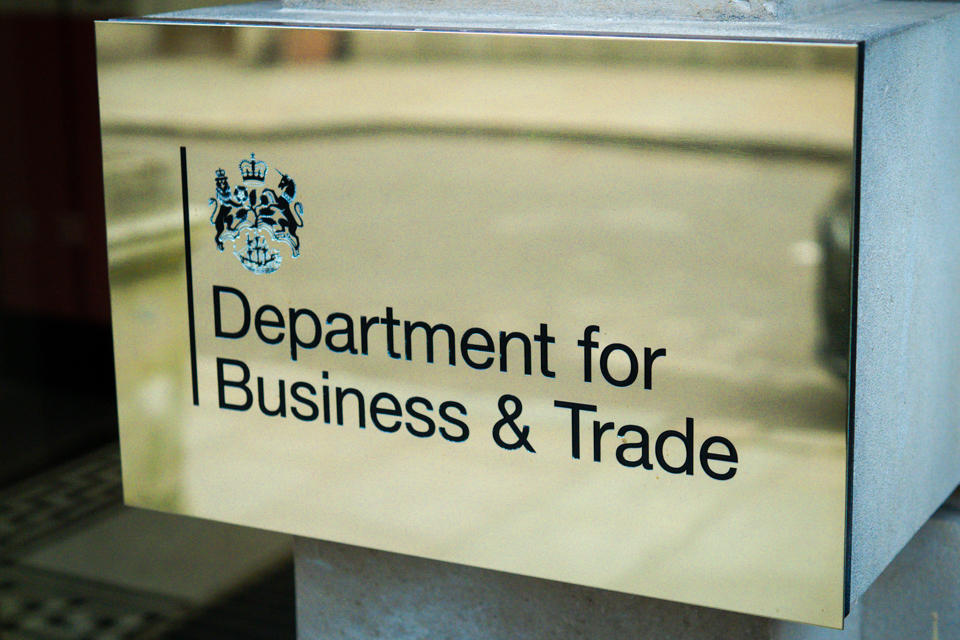Rachel Reeves is preparing to take action to rein in the UK’s budget deficit in March. But a wider economic shadow looming over the public finances could force the chancellor into even deeper retrenchment in the coming years.
The Office for Budget Responsibility has long predicted that a sharp and sustained rebound in productivity is around the corner. David Miles, an economics professor who sits on the official forecaster’s top committee, has said higher productivity is “the almost pain-free route to fiscal sustainability”.
But the OBR outlook, which implies the strongest sustained spell of productivity growth since before the 2008-09 financial crisis, is coming under increasing fire given the sluggish economy.
At some point, it might be forced to downgrade productivity estimates that were “starting to look insane”, said Andrew Wishart, economist at Berenberg bank.
Labour productivity — or output per hour worked — shrank by 2.4 per cent in the third quarter of 2024 from a year earlier, according to indicative official data incorporating new population numbers. Figures for the fourth quarter are due out on Tuesday.
In the US, business labour productivity rose by an annual rate of 2.1 per cent in the three months to September, the fifth consecutive quarter of a rate above 2 per cent.
Ben Nabarro, UK economist at Citigroup, said a reduction of just 0.1 percentage point in the OBR’s potential productivity growth forecast would create a hole of £7bn-£8bn in the public finances.
“The OBR are currently out on a limb when it comes to their productivity assumption compared to both recent performance and other macro forecasters, including the Bank of England,” he added.
Potential productivity growth measures the extra amount the OBR thinks workers can increase output for each hour worked. It is critical to fiscal forecasts because strong productivity is needed to sustainably raise tax revenues. They in turn help pay for spending on public services.
If productivity failed to rebound, Britain would have to contend with far higher levels of public debt, the fiscal watchdog has warned. Public debt is now about 98 per cent of GDP.
After the financial crash, the OBR assumed potential productivity growth would rebound to its pre-crisis rate of more than 2 per cent a year. But it has been forced to pare back those estimates as data continues to disappoint.
The watchdog now expects potential productivity growth to reach 1.2 per cent in 2029, the final year of its medium-term forecast. In its most recent outlook this month, the BoE estimated potential productivity growth of just 0.7 per cent in 2027, the final year of its forecast.
Wishart said annual increases in output per worker of just 0.5 per cent would still be “toward the top of the reasonable range”.
Recent data has, if anything, worsened the picture. BoE governor Andrew Bailey this month noted that the latest revisions to official figures showed the UK population and workforce had grown faster than previously thought. Since GDP had barely budged, “we can only conclude mathematically that productivity has got much worse”, he said.
Miles, a professor of financial economics at Imperial College London as well as a member of the OBR’s budget responsibility committee, has acknowledged the massive uncertainties facing the watchdog.
In a recent interview with a magazine published by Imperial, he said the poor economic performance could be driven by an “unlucky run of blips” including the financial crisis, pandemic, and Ukraine war.
Alternatively, Miles said, the whole of the 20th century could have been a blip — “an exceptional period of increased standard of living through inventions, discoveries and developments”, meaning the economy was returning to a more normal state.
Giving evidence to MPs in March 2024, Miles acknowledged that the watchdog was a “bit more optimistic on productivity” than the BoE. The UK’s performance had been “catastrophically bad for a long period of time”, he said, adding that the OBR predictions were “no more than an educated guess, and maybe not even terribly educated”.
Some economists warn the OBR’s judgment has become harder to sustain with each set of disappointing productivity data.
The OBR’s October outlook predicted that labour productivity would rise by 1 per cent or above for five consecutive years from 2025. This has not happened since before the financial crisis.
Matt Swannell, chief economic adviser to the EY Item Club forecaster, said it was “reasonable to expect that productivity growth will pick up over the coming years” after Covid-19 and the energy shock disrupted business.
“We also think it’s possible that productivity growth could even outperform the pre-pandemic period,” he added. “But even then, it is perhaps overly optimistic to think that productivity growth will reach more than 1 per cent per year on a sustained basis.”
Among the factors bearing down on the UK’s productivity outlook were trade frictions and reduced business investment after Brexit, coupled with a sustained period of weak public investment, which had damaged the country’s potential, said Tomasz Wieladek, chief European economist at investment company T Rowe Price.
“All of these factors together mean that productivity growth in the UK will likely stay lower than the OBR assumes,” he said.
Nabarro said further hurdles to productivity from factors such as poor business dynamism and a slowdown in investment in intangible assets were likely to persist.
He added that a change in the OBR outlook later this year looked “more likely than not”, cautioning that if the forecaster edged closer to the BoE’s productivity assumptions it could imply an extra hit to the public finances of £12bn-£14bn.
“The prevailing view in the market when it comes to potential growth is materially weaker than the OBR’s current assessment,” he said.
The OBR, which is preparing its latest round of forecasts ahead of Reeves’ fiscal statement on March 26, declined to comment.
Data visualisation by Keith Fray in London















